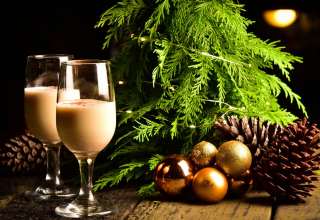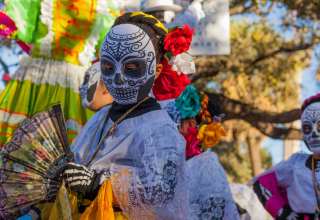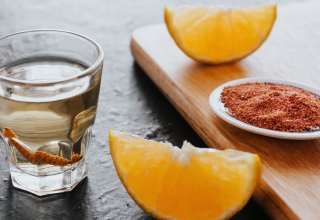There are so many new rums being introduced it can be hard to keep up. But here’s a new style of rum, the Stiggins’ Fancy Plantation Pineapple, with a story so enriched in history, that it deserves special attention all of its own.
Rum has quietly but surely become one of the most fashionable and in demand drinks on the market. Not just as a mixer, washed down with Coca-Cola, but as a quality, standalone spirit in its own right.
 This new found interest in rum lies largely in the fact there are now so many more quality rums being introduced. Particularly the dark, golden rums that you can quite happily sip, either on its own or with a cube or two of ice.
This new found interest in rum lies largely in the fact there are now so many more quality rums being introduced. Particularly the dark, golden rums that you can quite happily sip, either on its own or with a cube or two of ice.
As well as standard rums we have also seen a rise in the number of flavoured and spiced rums on the market that have helped make rum far more attractive to a younger, drinker, particularly women.
Now when you think of rum you immediately think of the Caribbean and the fields of sugar cane that have helped make rum the region’s go to drink.
But here’s the story of one style of flavoured rum that not only shows how adventurous rums have now become, but is actually a revival of a type of rum that was such a favourite of Charles Dickens that his character Reverend Stiggins in the Pickwick Papers was often described as enjoying a glass of “pineapple rum” in the book.
Uniting Cognac and rum
Can we introduce you to pineapple flavoured rum that is being introduced to bars around the world by a very entrepreneurial Frenchman, Alexandre Gabriel, responsible for producing Cognac at his famous Cognac house, Maison Ferrand.
Gabriel has always, however, been attracted to the Caribbean by the maturing process that goes in to making rum. A process that is not too dissimilar to how you make traditional Cognac.
Since the 1990s he has been about to build up a strong reputation for his range of Caribbean rums that are made both in the Caribbean and Cognac in south west France.
“I thought quite humbly that I could bring my Cognac experience to rum,” he says. “They are very different, but they are also quite similar. But the key is in the ageing and the maturity and by using our Cognac methods I think we have been able to bring rum up to a new level.”
By using his Cognac knowledge of ageing in wooden casks he has been able to produce a range of terroir-driven rums true to the land and the cultures they come from be it in Barbados, Guyana or Grenada.
The process
His ways of making rum is to combine processes used both in the Caribbean and Cognac. It is what he calls the process of double ageing rum, first in its homeland of the Caribbean and then secondly back in his Cognac home at Maison Ferrand. First time round in rum casks. The second period of ageing taking place in Cognac casks.
 “It is fascinating bringing the world together in this way,” he says. “It is also so much fun and exciting.”
“It is fascinating bringing the world together in this way,” he says. “It is also so much fun and exciting.”
He concludes: “We try and bring individual barrels together to create unique rums. That’s our difference. We make rum like a rum and then we age it like a Cognac.”
To come up with his original pineapple rum Gabriel worked with cocktail historian, David Wondrich, to create a new process for rum making. The key is to use carefully selected Victoria-style pineapples (the size of a mini cannon ball).
Gabriel uses both the skins and the fruit to create his overall blend. First the skins are infused in his own brand of Plantation 3 Star rum for a week before being distilled. “It is the same concept as using a tea bag,” explains Gabriel.
The fruit is then infused with another one of Gabriel’s rums, the Plantation Original Dark rum for three months. The two are then blended together and aged for another three months in casks.
The result is the Stiggins’ Fancy Plantation Pineapple rum with natural finesse and elegance as well as the distinctive pineapple flavour.
The difficulty, however, will be getting your hands on a bottle. Key markets around the world have been given set allocations, but even most of those were pre-sold before delivery.







